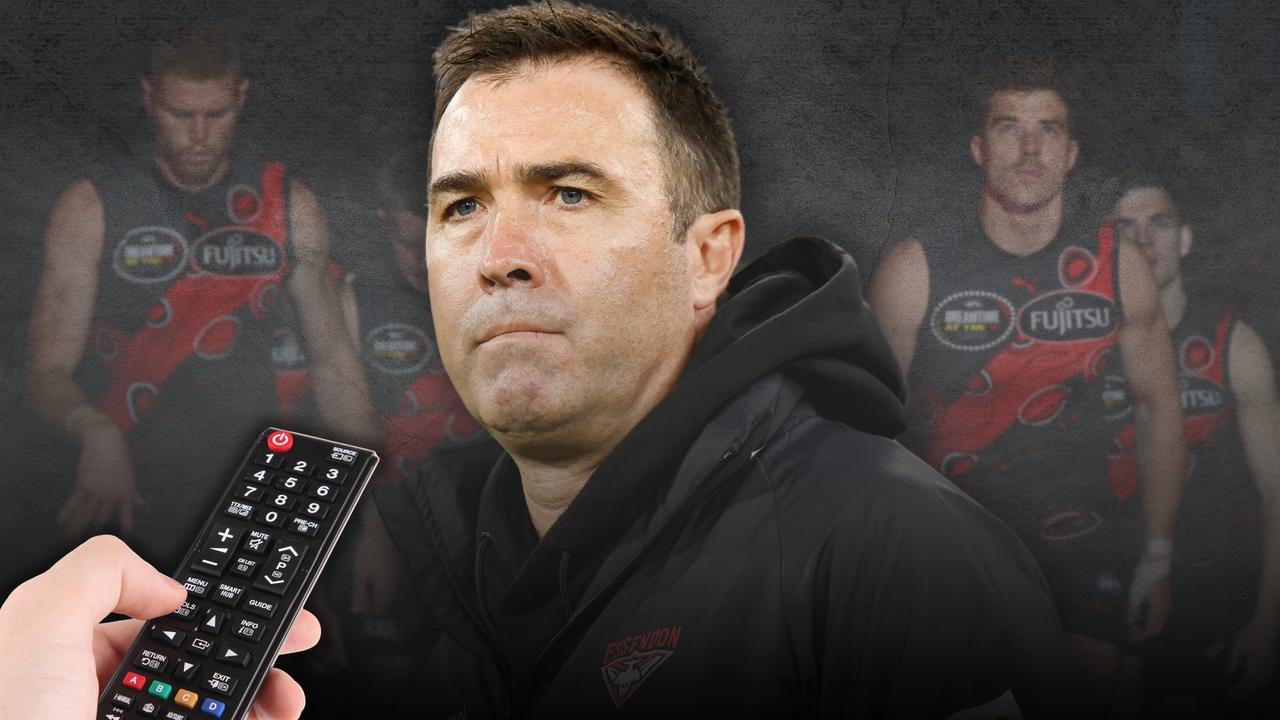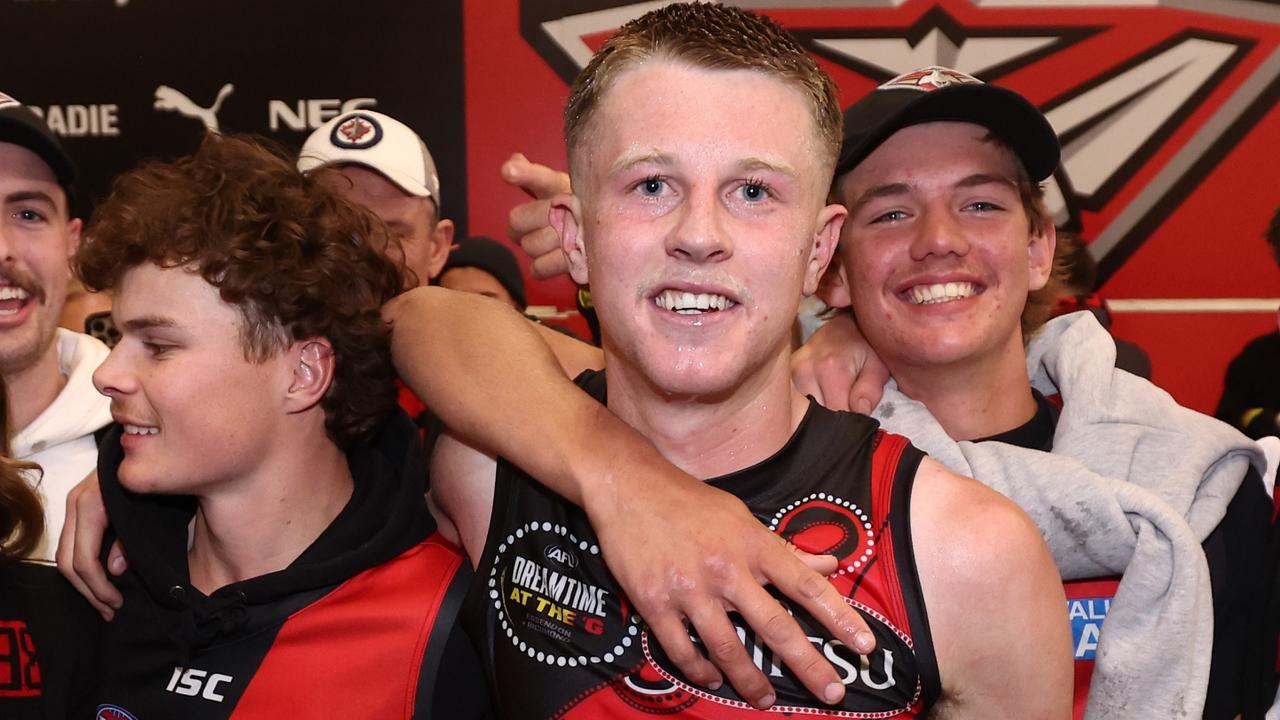Mick Malthouse suggests fixes for Aussie Rules as he’s concerned for state of AFL football
MICK Malthouse says if something isn’t done to address the current state of football, then a small problem may become a major issue. Here’s Mick’s five-step plan to get footy back on track.

AFL
Don't miss out on the headlines from AFL. Followed categories will be added to My News.
I HAVE have been shocked by some disturbing numbers that I came across recently.
In at least three elite Victorian colleges, more students are playing soccer than Aussie Rules football.
If that’s not alarming for the AFL, then I don’t know what is.
I was eight when I played my first game of footy in Ballarat. We didn’t have enough money at home for a leather football or real boots, but those things meant little to me in the grand scheme of things because I was still able to play the game.
That was the start of my journey, the day my passion for football was eternally ignited.
But here we are decades later and, suddenly, soccer is a genuine threat to football.
Soccer is an international sport with some very promotable role models in Australia — think Tim Cahill.
Victoria’s population is increasing by 100,000 people a year and many of them are either from overseas or have a strong connection to a country where soccer is the main sport. The Socceroos can play in the World Cup and at the Olympics, and Australians litter the English Premier League and Champions League.
Already Cricket Australia has addressed the concern of dwindling junior participation rates by introducing the Big Bash — Twenty20 state cricket aimed at families — and this year is rolling out more resources than ever in schools to encourage kids to pick up the bat and ball.
I strongly believe the AFL needs to do the same thing. The problem might only be minor now, but if nothing is done to address the current state of football very soon, then a small problem may very well become a major issue. I would hate to see that happen to our great game.
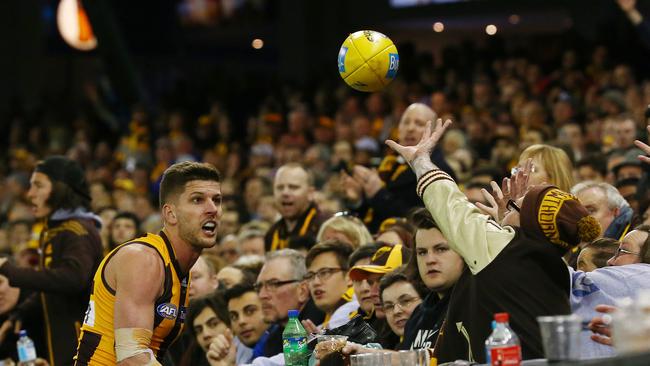
DOLLARS & ZONES
FOR too long the AFL has taken for granted that there will be a constant supply of footballers coming up through the ranks to become available for draft selection. This is no longer a given.
All you have to do is look at the current standard of our game. In my eyes it has plateaued in recent years. The difference between the top teams and the bottom teams is evident in the percentage held by the teams playing finals this season. Big percentages mean a lot of thrashings. A lot of thrashings mean that footy talent is being spread too thin.
Next season the AFL will begin the first of a six-year broadcast rights deal that was negotiated for more than $2.5 billion. That’s $418 million a year. I’m not privy to knowing where every cent of that money goes, but I do wonder whether enough of it is going into grassroots footy.
We need to be making every effort, including AFL dollars, to encourage and maintain greater participation at the junior and middle levels. We need to make the game as accessible as possible for all families. And we need to regain community support for a sport that once held the heart of a city.
Perhaps the states can be zoned again, with each AFL club investing time and resources towards nurturing football growth in their area. The pay-off for the clubs — the choice of drafting one player from that zone each year.
Cricket Australia’s foresight should also give the AFL a push to get more involved in schools, primary and senior, to entice as many kids as possible to join Auskick and their local footy clubs.
Soccer is a danger; don’t let it become a monster.

MRP DISGRACE
THE inconsistency of the AFL’s Match Review Panel this year has been a disgrace and it is a source of public frustration and disappointment.
That Rory Sloane could receive a two-game ban for an awkward attempt to spoil Brad Ebert’s mark, when Josh Gibson was cleared for a roundhouse to Levi Greenwood’s head is beyond me.
I’m only isolating these incidents because they occurred recently, but to me they show the gross inadequacy of the decisions made by the MRP.
Similar in action and intent, the only difference was a bit of blood and yet Gibson’s was considered a genuine attempt to spoil, while Sloane’s was deemed careless. His two-game ban was reduced to one after the Crows accepted the early plea on the eve of the finals.
So was Sloane suspended due to the result of the contest — a scratch — or for the action itself? Ebert returned to field and completed the game unaffected by the contact.
Players are becoming increasingly agitated by the lack of consistency and common sense shown by the MRP, so too are the coaches and clubs. The supporters are infuriated and confused.
I have said time and time again, where precedence is an accepted argument in legal terms, it should also be used in the AFL’s tribunal system. Set precedence for reportable offences and sanctions and get rid of the grey area by adhering to it every time.
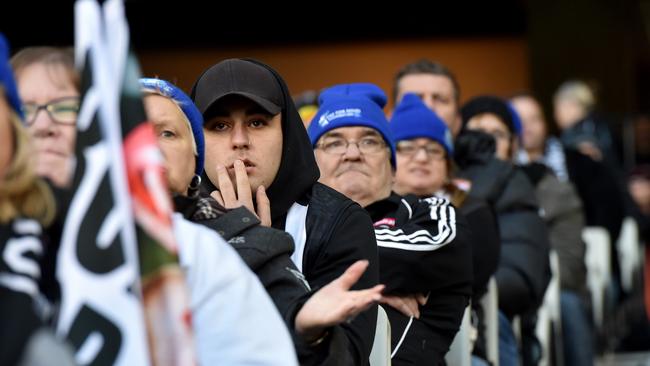
GAMES GO TOO LONG
A FOOTY match runs for 112 minutes without time on. With time on, it can easily blow out to more than 150 minutes. With busy lives for many people, especially families with young children, this is too long.
Soccer and rugby league crowds enjoy watching a match and leaving the ground within two hours. They can stroll the city for a bite or further entertainment before or after the game.
The extra half an hour or more of an Aussie Rules match can mean the difference between attending a game or missing out all together.
The broadcast rights deal dictates that the clock stops for a 30 second commercial after every goal. OK, fair enough. Does it really need to stop for every point scored and each boundary throw in?
I assume the AFL owns enough footballs that there can be plenty of pumped up spares on the sidelines to bring straight back into the contest without having to search for the game ball, allowing the clock to tick on.
And here’s a radical suggestion: why not reduce the quarters to 15 minutes, plus normal time on. Five minutes less a term will do wonders for the quality of a game, restricting those last quarter blowouts that generally occur when players run out of steam.
A shorter game will mean less wear and tear on the players and umpires bodies, too, prolonging the twilight of their careers.
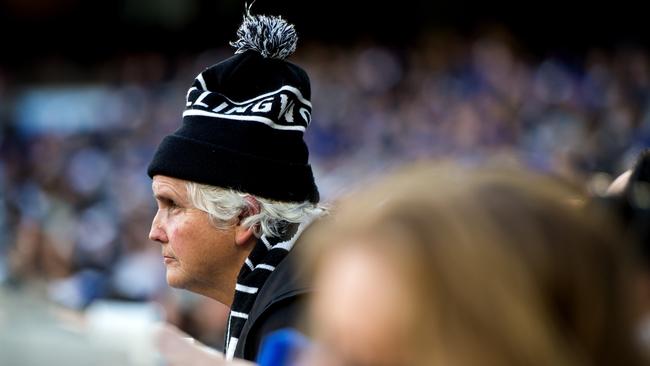
EARLIER STARTS
There are nine games of footy contested each weekend in the home-and-away season. Not every game is going to be a television blockbuster, I get that, but the AFL cannot pander to the TV networks when it comes to game times at the detriment of supporters seeing their teams play.
Crowd attendances have been on the decline — in fact, almost 5 per cent on average fewer supporters went to games this season.
Beside the cost involved (and in today’s economy that is a big issue in itself) the fixture seems to be putting fans off.
The twilight and late afternoon games are a blight on the fixture, especially on a Sunday when it means leaving the stadium after 6 or 7 o’clock at night to get home.
It’s not realistic for families, who should be the first ones through the gates each week. Neither are games that start at 7.50pm and don’t end until close to 11.
I’d like to see midday games on each weekend day, which means the next match could also be brought forward. And try a 7pm start on a Friday night and 6.30pm Saturday night games.
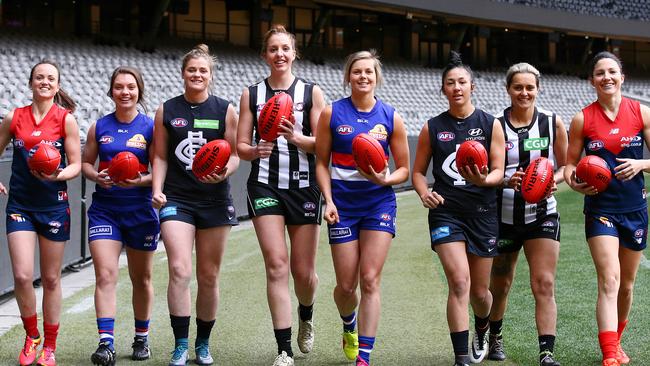
WOMEN’S LEAGUE
I APPLAUD the AFL’s initiative to start the women’s competition. It will certainly encourage girls to continue playing the game instead of giving it up in their teens for lack of opportunity.
Considering the money the AFL is investing in this competition, I wonder whether it will translate to game growth when player numbers will be limited to only eight teams of 25 contesting seven games, plus finals, a season.
What the players are being paid will barely cover their health insurance, which hardly seems fair. Especially when there is such a big push from the AFL to promote it.
There is already direct competition to this league with women’s soccer, and now rugby sevens after Australia’s gold medal performance at the Olympics.
This is an attractive game that requires fewer players, and women from varying sporting backgrounds. It can be played on a soccer or rugby pitch and it’s a short game, 16 minutes. No wonder it is stealing the sporting spotlight.
The NWL has every right to the AFL coffers and I honestly hope it succeeds, but pooling so many resources into one area is detrimental to the overall state of football.
Now is the time to invest money and manpower and effort into building on the history of Aussie Rules to make sure there is a future for it as well.


